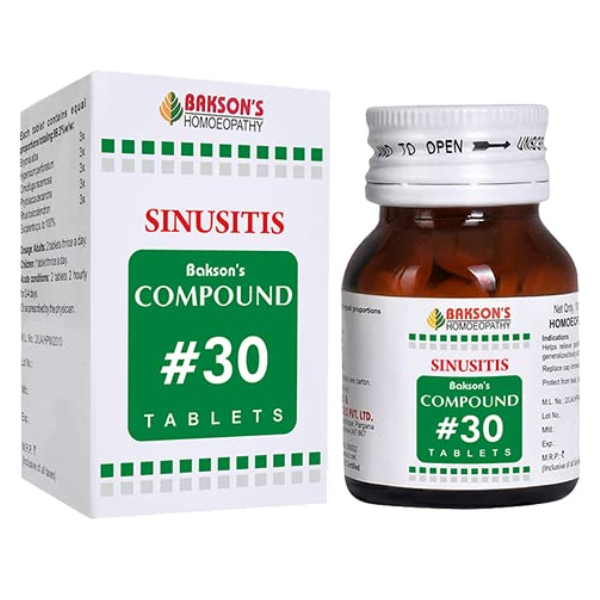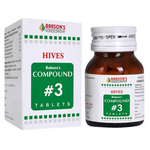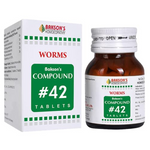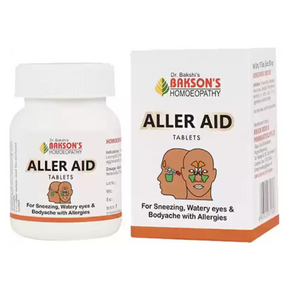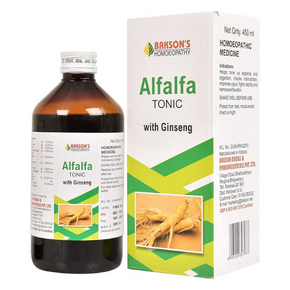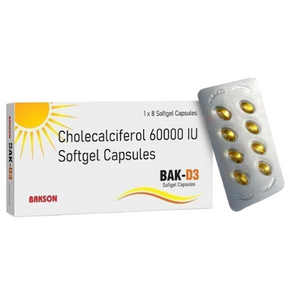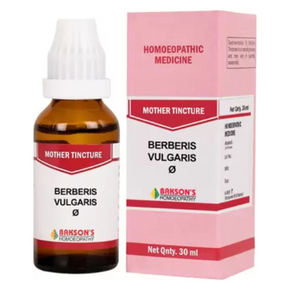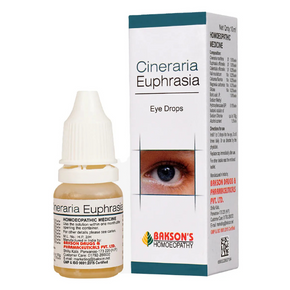- No products in the cart.
BAKSON'S HOMEOPATHY COMPOUND #30 SINUSITIS TABLETS - PACK OF 3 (100 TABS EACH)
No reviews
Rs. 405.00
🥳 Don’t Miss 🎉 New Year Discounts till 9th Jan 2026 🤩
Fulfilled By Planet Ayurveda
Size (Per Unit): 100 Tablets
Dosage: 2 tablets thrice a day for adults. 1 tablet thrice a day for children.2 tablets 2 hourly for 2-4 days in acute condition. Or as directed by the physician.
Categories
- Clinically Tested Products
- Classical Ayurvedic Products
- Ayurvedic Products for Pets
- Herbal Combo Packs
- Single Herbal Capsules
- Poly Herbal Capsules
- Single Herb Powders
- Herbal Powder Blends
- Beauty & Cosmetics
- Herbal Tablets
- Herbal Teas
- Herbal Juices
- Herbal Syrups
- Herbal Oils
- Premium Products Range
- All Ayurveda Brands
Browse by Category
Browse by Company
Browse by Health Concern
Description
Sinusitis or the inflammation of the paranasal sinuses is a common condition for which people visit a physician. Sinuses are a connected network of hollow cavities lined by a thin layer of mucosa, present in the skull and includes the maxillary sinus, frontal sinus, ethmoid sinus and sphenoid sinus. Since, sinusitis almost always occurs along with rhinitis, the new term used is rhinosinusitis.
Composition
Pulsatilla nigricans 3x, Silicea 3x, Hydrastis canadensis 3x, Sanguinaria canadensis 3x.
Indications
Helps relieve Sinusitis associated with recurrent sneezing, thick nasal discharge, blocked nose, loss of smell & headache.
Dosage
2 tablets thrice a day for adults. 1 tablet thrice a day for children.2 tablets 2 hourly for 2-4 days in acute condition. Or as directedby the physician.
Contra-indication
None
Side effects
No known side effects
Types of Sinusitis
- Acute Rhinosinusitis: It has a sudden onset, lasts for less than 4 weeks and is followed by complete recovery.
-
Subacute Rhinosinusitis: It occurs as a continuation of acute episode and lasts for less than 12 weeks.
- Recurrent Acute Rhinosinusitis: When 4 or more episodes of acute rhinosinusitis occurs lasting for at least 7 days each in a 1-year period.
- Chronic Rhinosinusitis: The signs and symptoms persist for 12 weeks or more.
Risk Factors
Certain conditions increase the chances for developing sinusitis, these are
- Deviated nasal septum
- Nasal polyps
- Allergies
- Smoking
- Recent URTI
- Dental infection
- Weak immunity, etc.
Causes
Acute sinusitis occurs mostly due to viruses and those with atopy are more at risk. Bacterial and fungal infections can also lead to sinusitis.
Symptoms
- The diagnostic features of sinusitis are: Facial pain or pressure, facial congestion or fullness, nasal obstruction, nasal or postnasal purulence, hyposmia and fever.
- Minor factors which when present with one or more diagnostic features are significant include headache, halitosis or bad breath, fatigue, malaise, dental pain, cough and otalgia.
Diagnosis
Diagnosis is based on the signs and symptoms, a physical examination, rhinoscopy and sometimes an X-ray may be required.
Action of Ingredients
- Pulsatilla nigricans: Foul discharge or odor before the nose. Bad smells, as of old catarrh. Imaginary smells and stoppage of nose with loss of smell, taste and appetite. Coryza with stoppage of right nostril and pressing pain at root of nose, which is better on going out in the open air. Chronic bland yellow discharge, yellow mucus, which is abundant in morning. Sore nasal bones.
- Silicea: It is indicated for obstinate colds, with ear affections. For sinusitis, chronic catarrh and coryza. Coryza with nosebleed and frothy nasal discharge which is acrid and excoriating. Sneezing in morning with obstructed nose and loss of smell. Burning, shooting pain or drawing pain in root of nose and right malar bone. Cracks in nostrils and perforation of septum. Dry, hard crusts form, bleeding when loosened.
- Hydrastis Canadensis: For the cases with burning pain in nose and a thick, tenacious yellow-green mucus. Coryza is watery, excoriating, with burning, smarting and rawness. Sneezing, with fullness over eyes. Sinusitis after Coryza with post-nasal dripping. Constant discharge of thick white mucus, with the sinus headache, tenacious nasal discharge. Secretions so profuse as to be removed in long tenacious shreds or pieces. Ozaena, with bloody, purulent discharge and with ulceration of septum. Blows nose all the time. Sensation of tickling, like a hair in right nostril.
- Sanguinaria Canadensis: Indicated for hay fever, nasal polyps and chronic rhinitis, with membrane dry and congested. Ozaena with profuse, offensive, yellowish discharges. Coryza, which is followed by diarrhea. Pain at the root of nose. For the rose-cold with subsequent asthma. Sensitive to odors or a loss or perverted sense of smell, smell in nose like roasted onion.
Disclaimer
The information provided herein on request, is not to be taken as a replacement for medical advice or diagnosis or treatment of any medical condition. DO NOT SELF MEDICATE. PLEASE CONSULT YOUR PHYSICIAN FOR PROPER DIAGNOSIS AND PRESCRIPTION.
Talk to our Experts
Our trusted experts can help you choose the right products for your health.
Book Your Consultation Now



















.png?v=1695813493)














